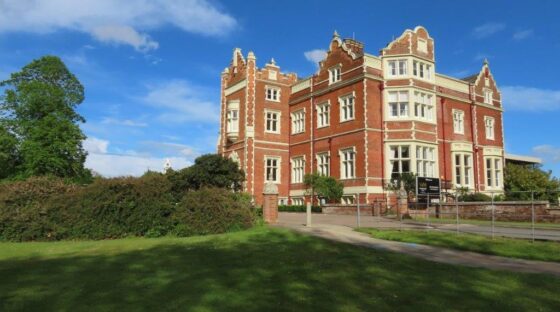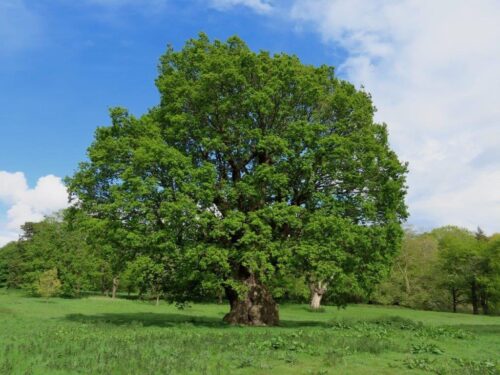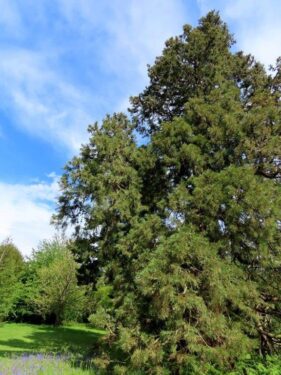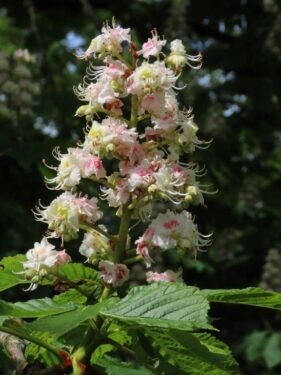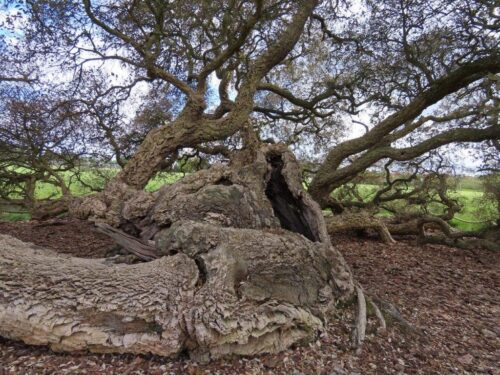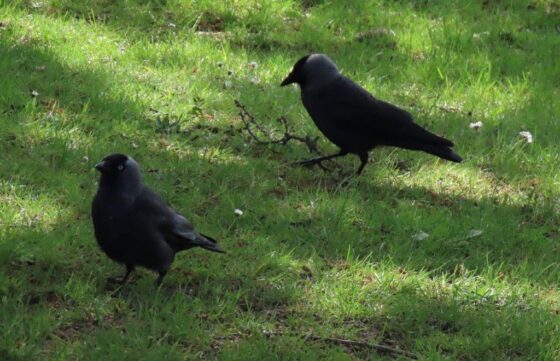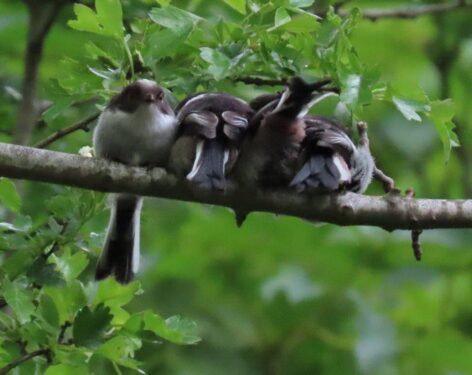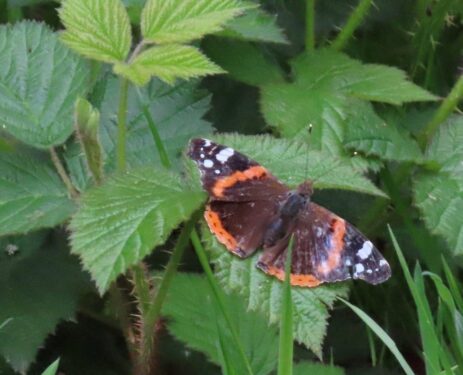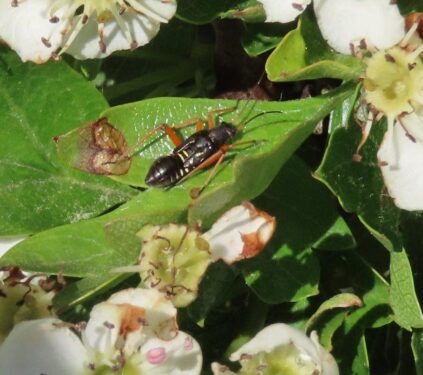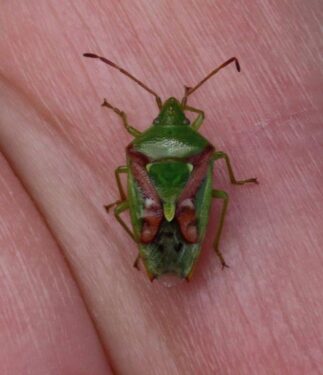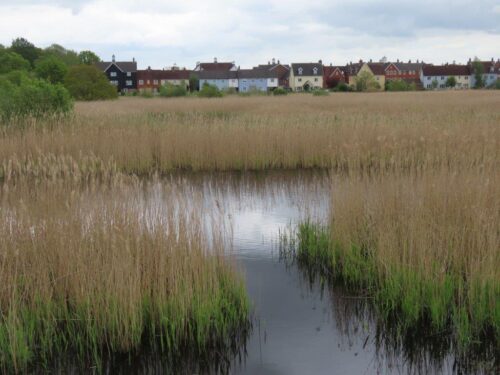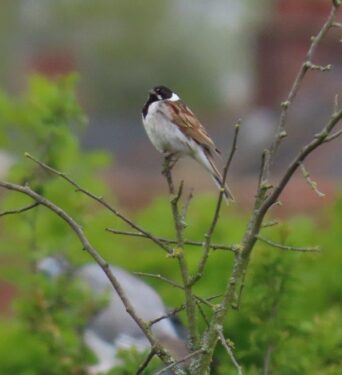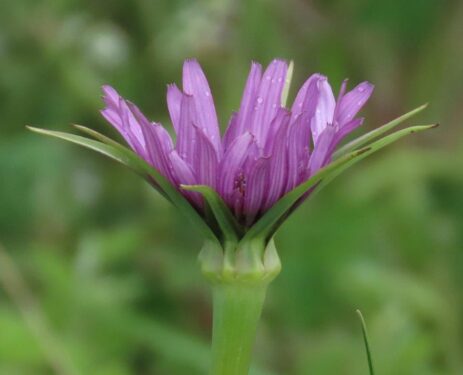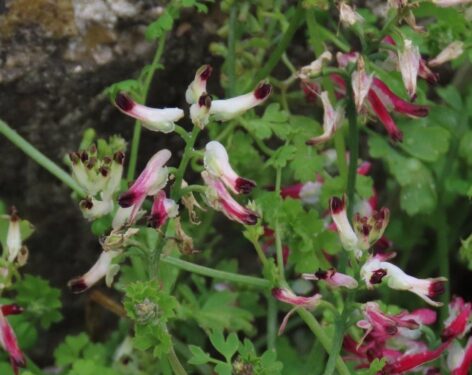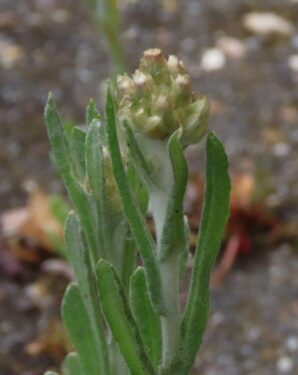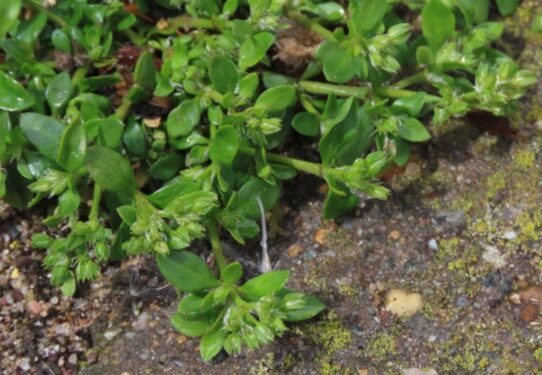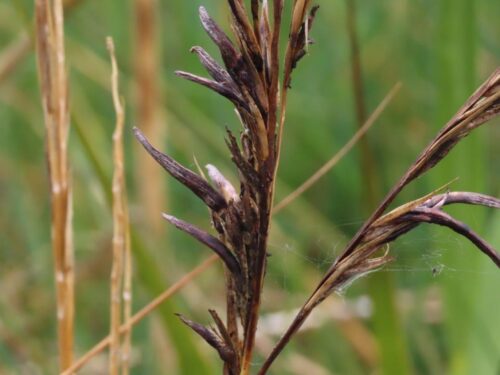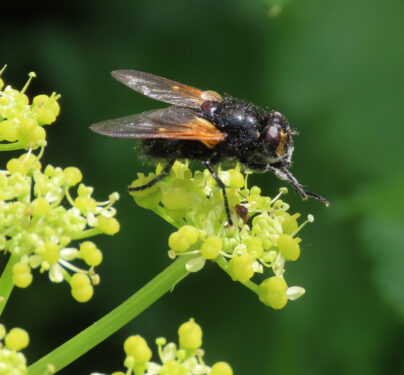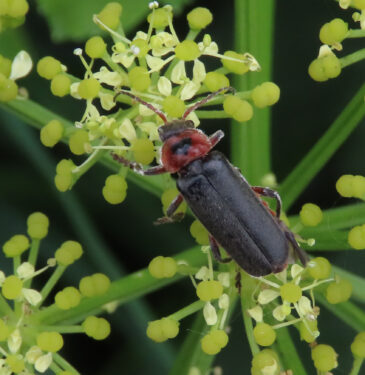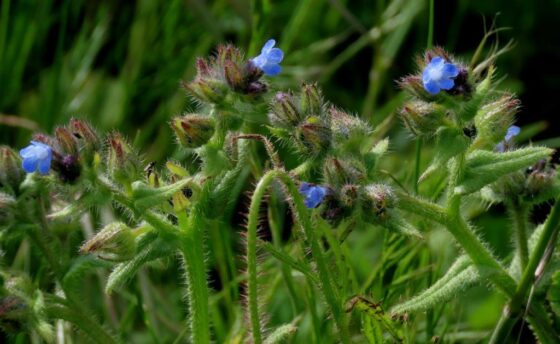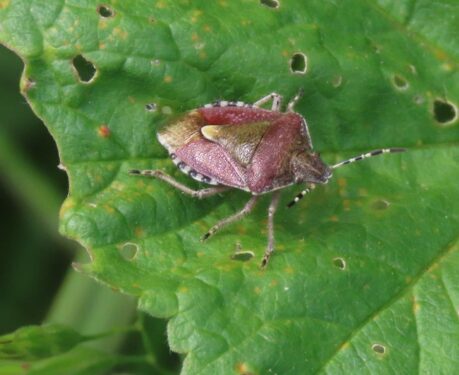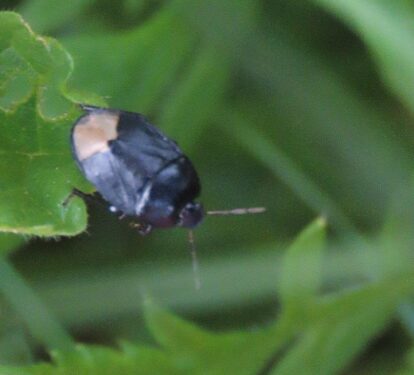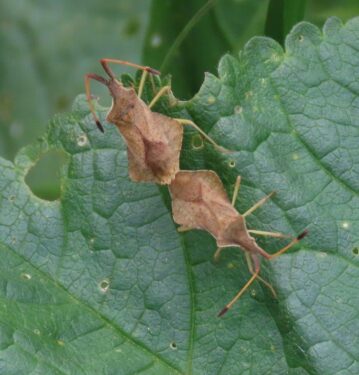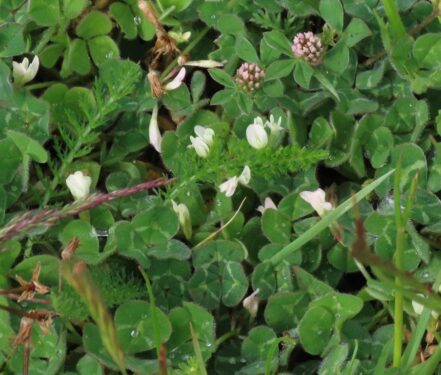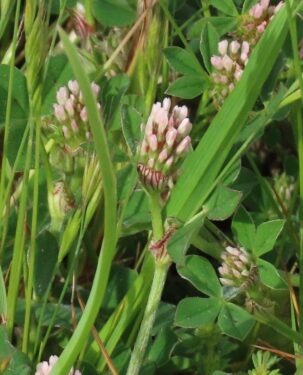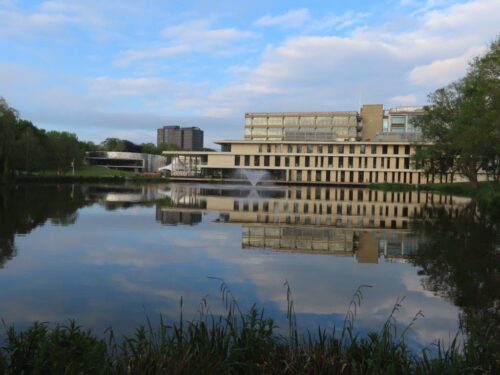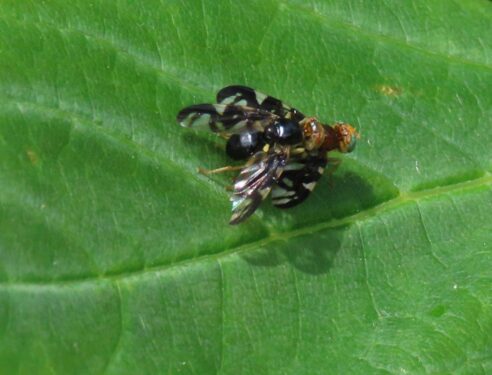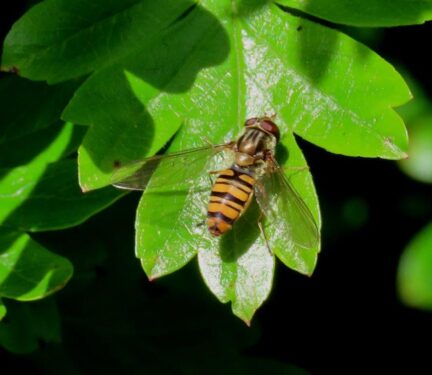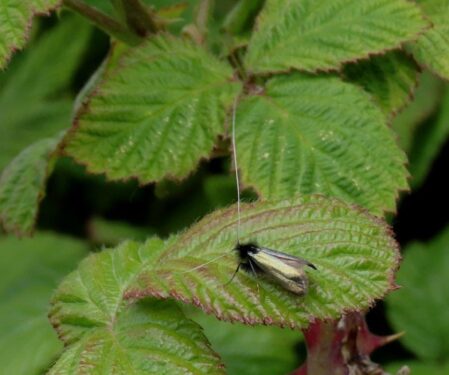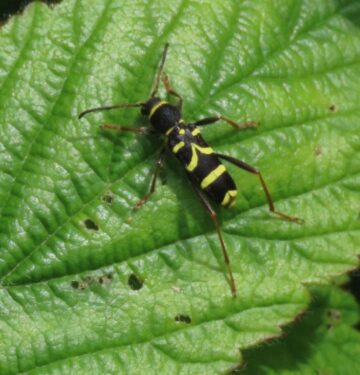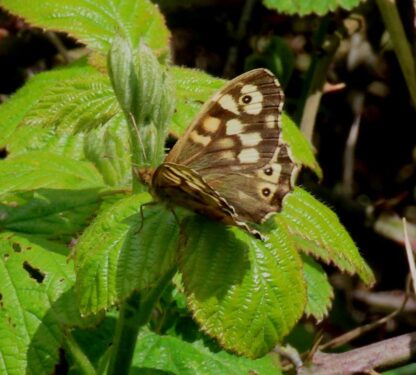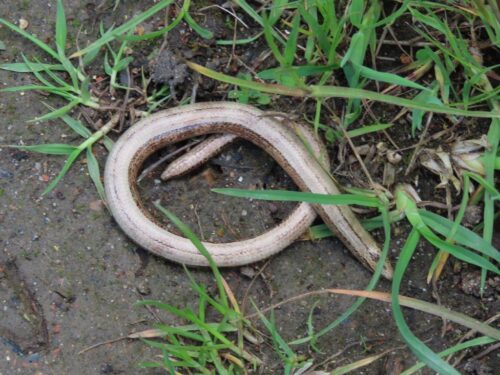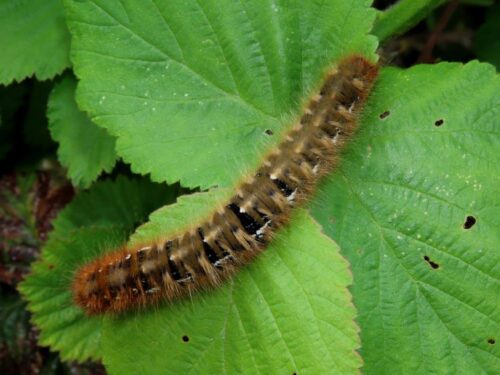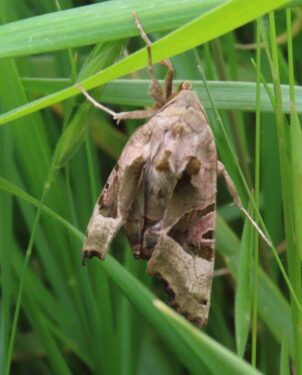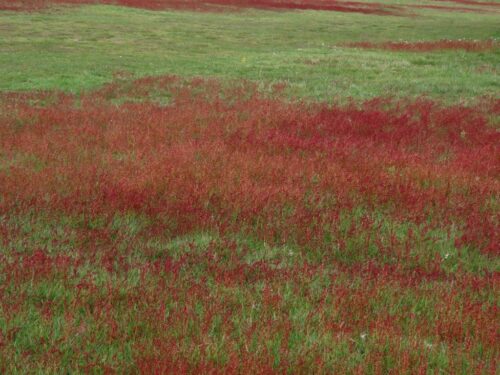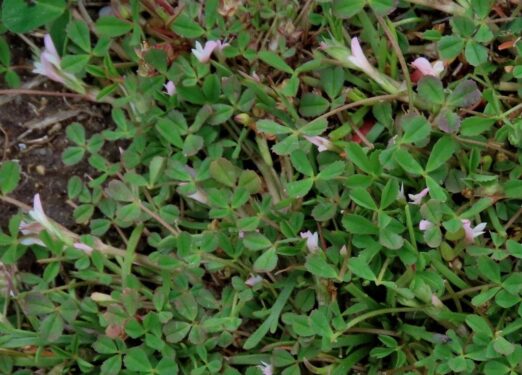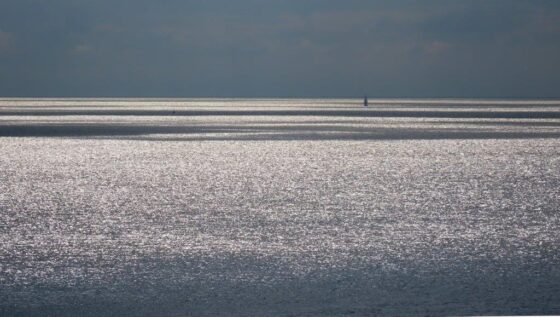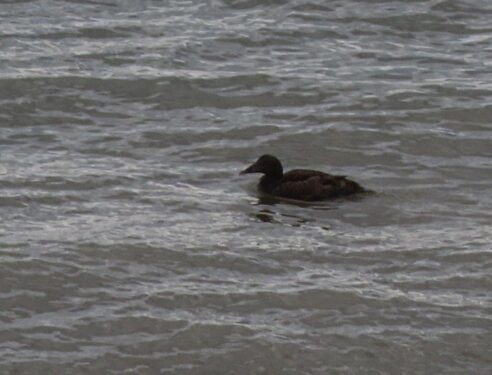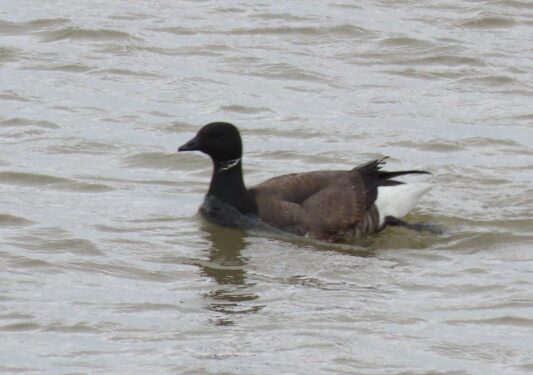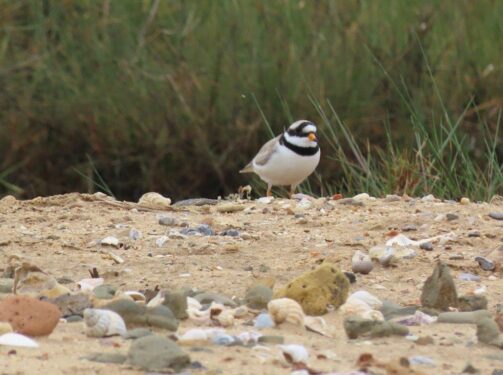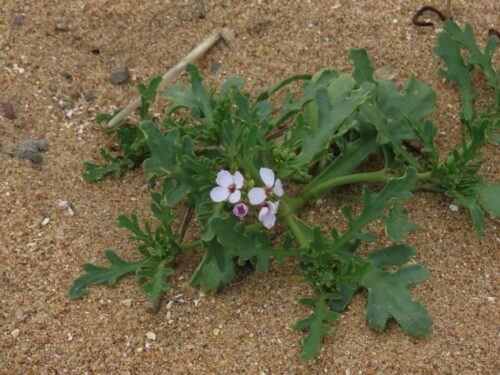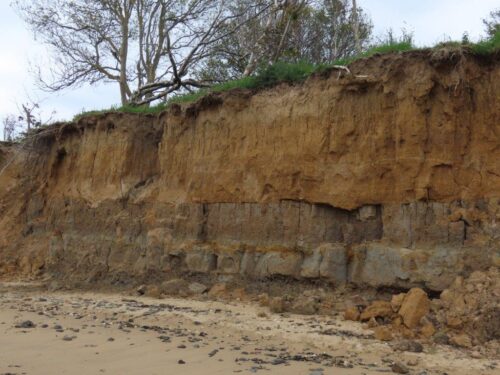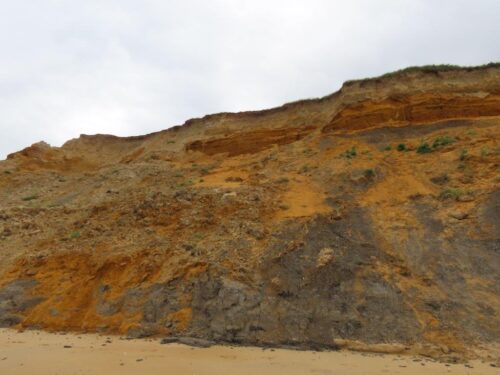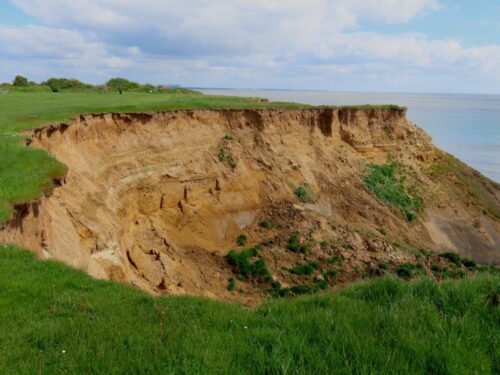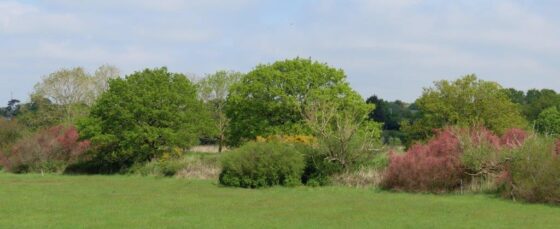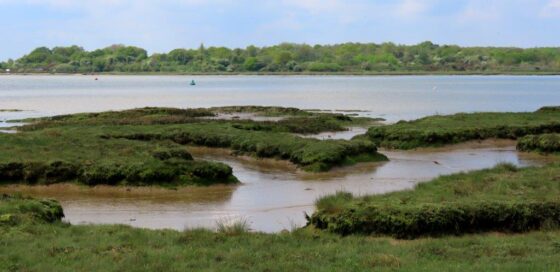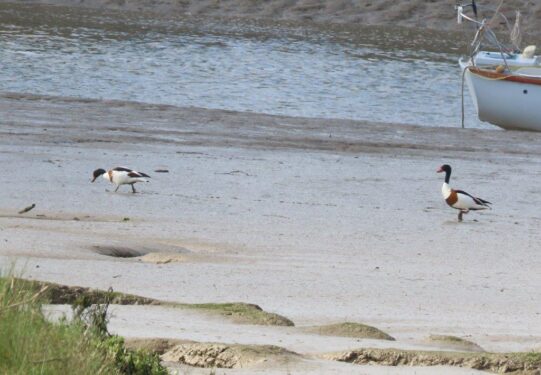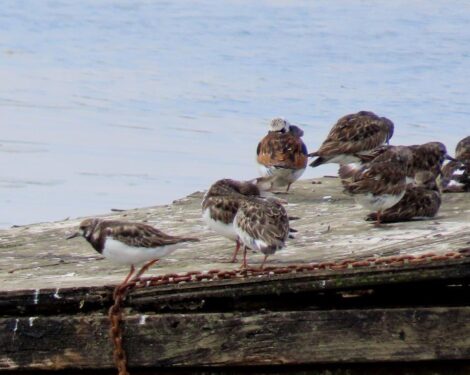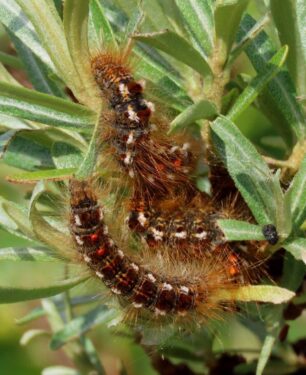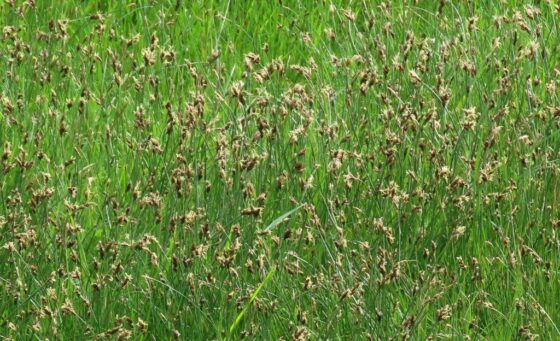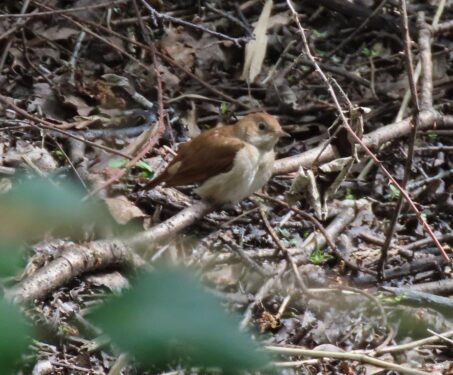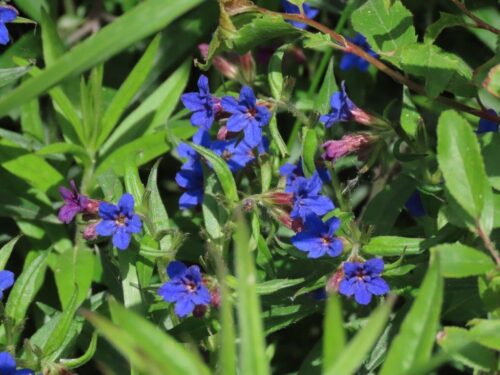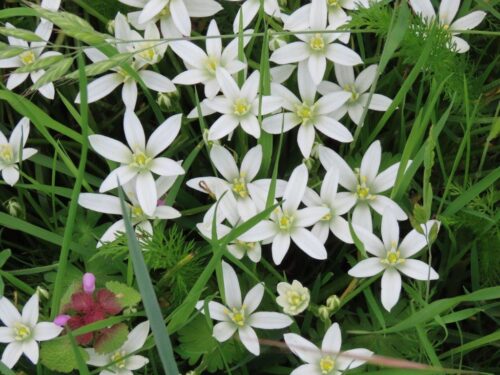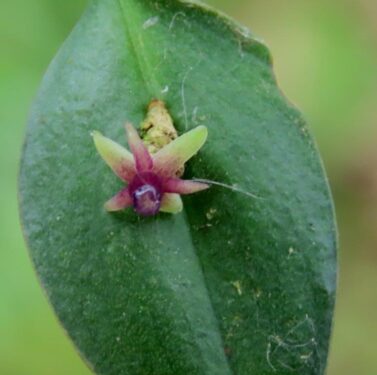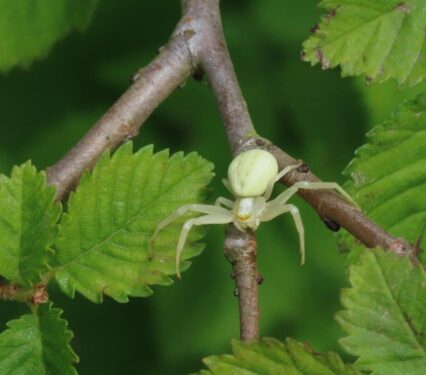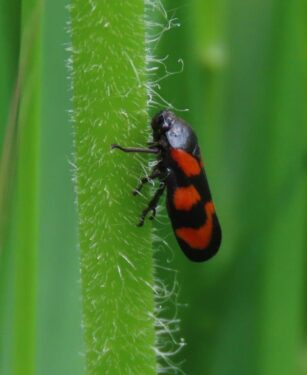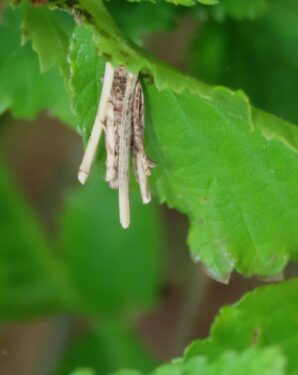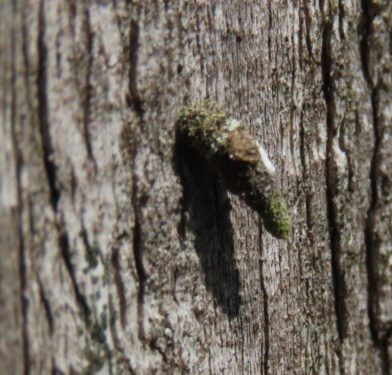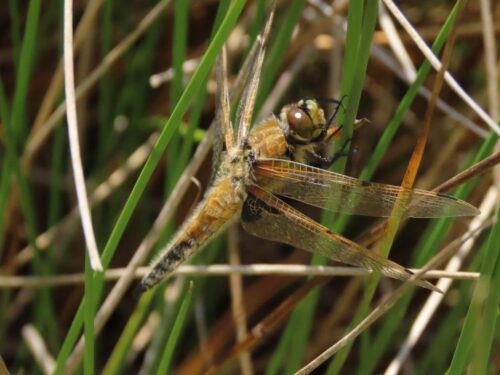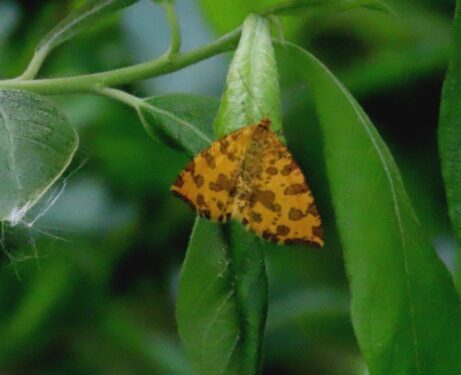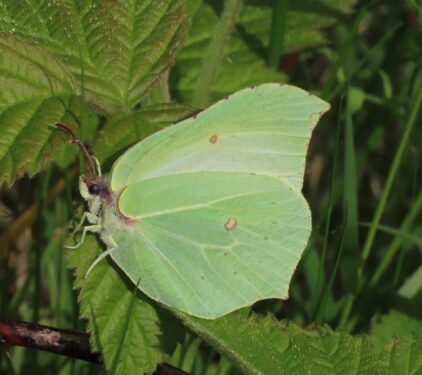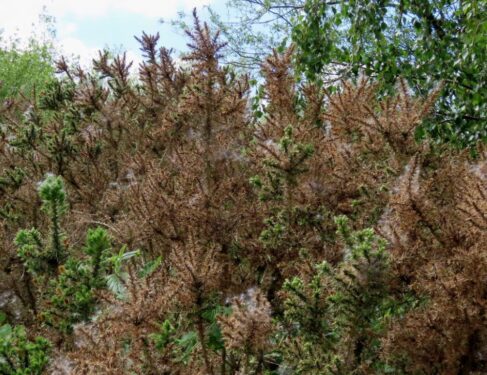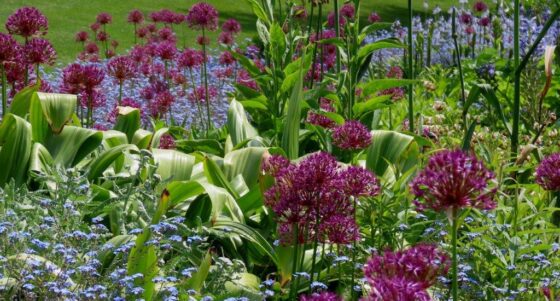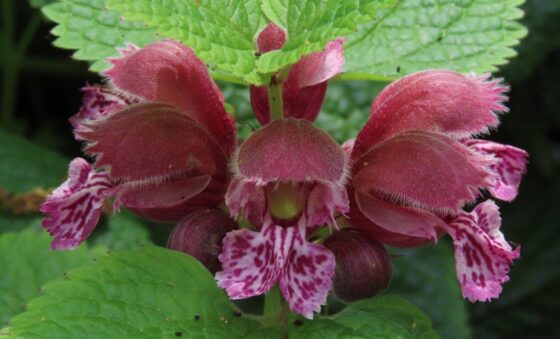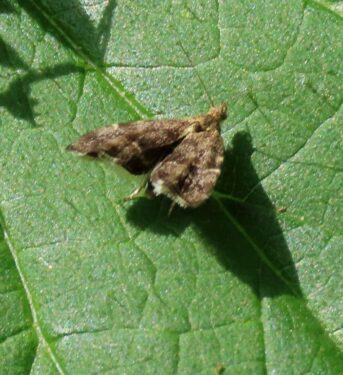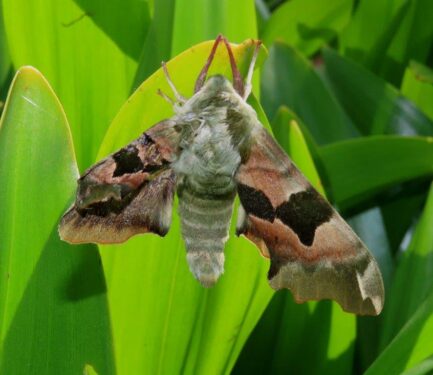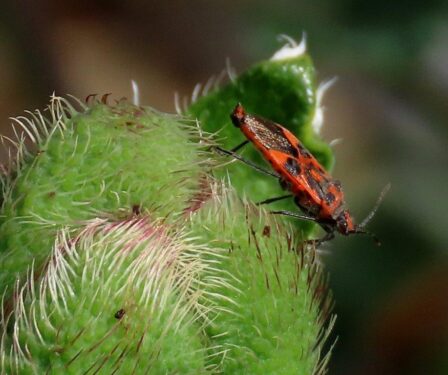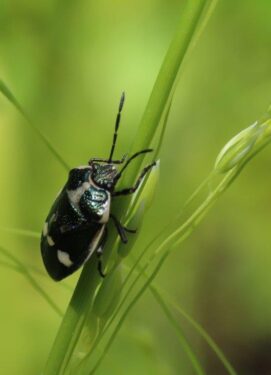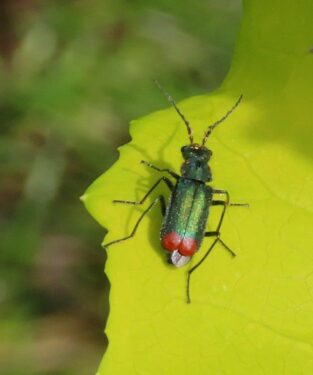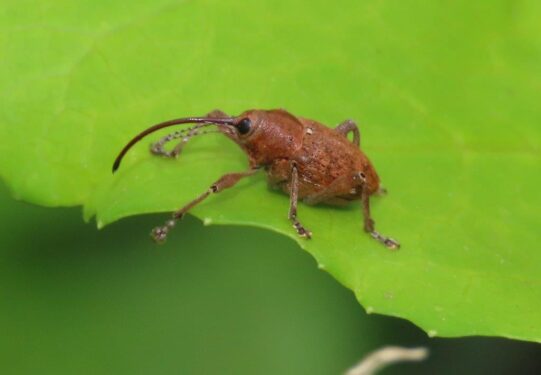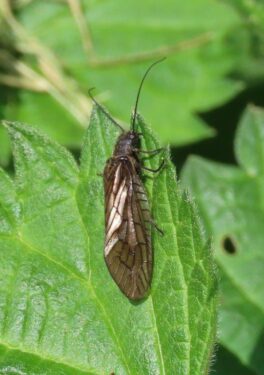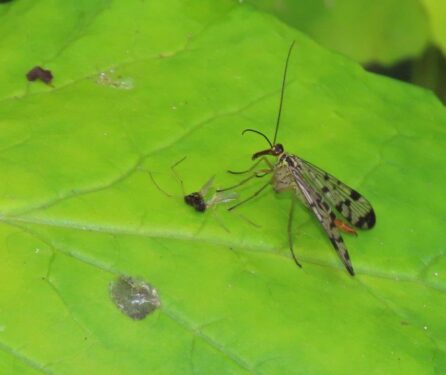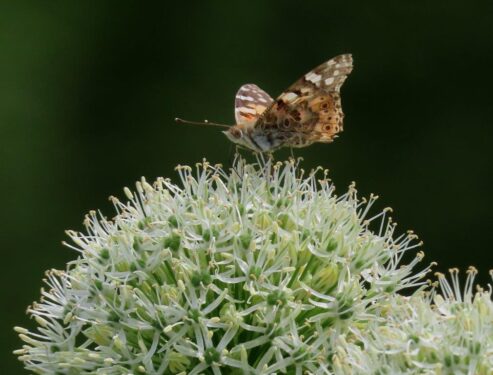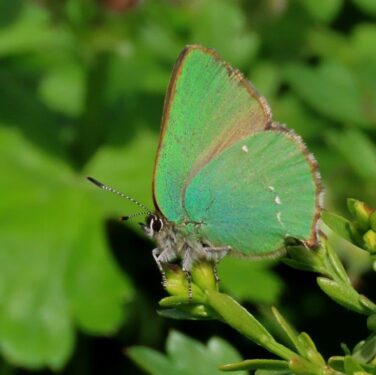Almost a return to normality – a group to lead for more than a day! Five days for the six to get to know each other and me, to gel into a group of friends, not merely fellow travellers and clients. And based at the by-all-accounts excellent Wivenhoe House Hotel – sadly because of the ‘rule of six indoors’, I was unable to join them for meals, but next time perhaps – and I think everyone had a comfortable and wildlife-filled week. And that is, to some extent, despite the weather: the first few days continued the May theme – cool, breezy and damp – but the sun came out properly for that last two days, and what felt like April was tumbled headlong into Summer.
Monday afternoon 24 May
A gentle potter around Wivenhoe Park introduced us to wonderful trees, young and old, some Pedunculate Oaks pre-dating the landscaping of the park in the mid 18th century, and a selection of specimens from almost all corners of the world. All three species of redwood, Red Oak, Atlas Cedar, Horse-chestnuts, Monkey-puzzle, eucalypts, and in direct lineage from the Peninsular Wars, the two most venerable, gnarled Cork Oaks you are ever likely to see.
Green Woodpeckers mingled with the multitude of Jackdaws, and family party of Long-tailed Tits huddled together brought the significance of the cold weather into sharp focus.
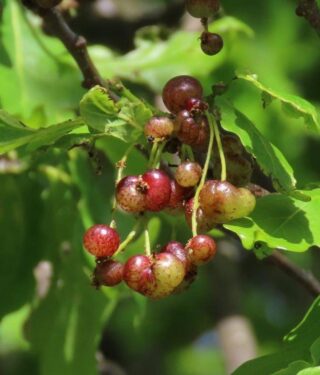 The catkins of oaks were liberally adorned with currant galls, caused by the same wasp that produces spangle galls in its second, late-summer generation.
The catkins of oaks were liberally adorned with currant galls, caused by the same wasp that produces spangle galls in its second, late-summer generation.
A few Red Admirals and Orange-tips introduced flashes of colour to a dull day, but otherwise insect life was almost restricted to a few ant-like Miris striatus nymphs. And, the very first thing we found proved to be one of the rarest insects of the week, a Juniper Shield-bug on Lawson’s Cypress: the available records suggested that in Essex this has previously been recorded only in the south-west of the county.
Tuesday 25 May
The second day dawned dull, breezy and showery, although as it progressed a few spells of warm sunshine encouraged bird song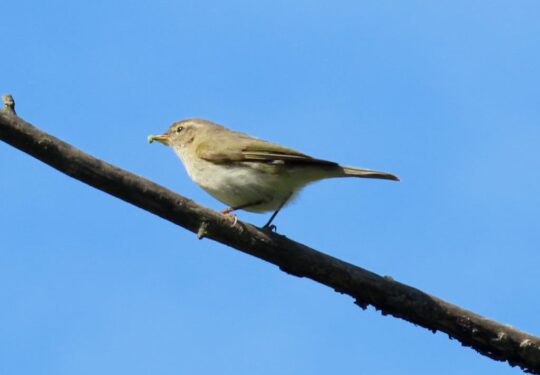 and brought out the insects, especially where sheltered from the wind. Whitethroats, Chiffchaffs and Blackcaps predominated, with a couple of Nightingales, one is very full song, only 10 metres from us – but sadly not in view. Swifts and Swallows seemed still to be arriving, some continuing to push north, and Sparrowhawk, Yellowhammer, Buzzards and Red-legged Partridges added to the bird interest as we walked down the tidal River Colne from the University to Wivenhoe.
and brought out the insects, especially where sheltered from the wind. Whitethroats, Chiffchaffs and Blackcaps predominated, with a couple of Nightingales, one is very full song, only 10 metres from us – but sadly not in view. Swifts and Swallows seemed still to be arriving, some continuing to push north, and Sparrowhawk, Yellowhammer, Buzzards and Red-legged Partridges added to the bird interest as we walked down the tidal River Colne from the University to Wivenhoe.
Rounding Ferry Marsh Local Nature Reserve, the newly-expanded reedbeds held dozens of singing Reed Warblers, along with a few Cetti’s Warblers and Reed Buntings, and whinnying Dabchicks. Salsify and Dittander were two of the special plants of the sea wall…
…then as we walked along Wivenhoe waterfront, attention shifted to the block-paving of the former port and shipyard, and its surprising flora of Buck’s-horn Plantain, Chives, White Ramping Fumitory, Jersey Cudweed and (Two-leaved) Four-leaved Allseed.
Close to the tidal barrage, the saltmarshes produced flowering Scurvy-grass, and Common Cord-grass with its attendant (and seemingly increasing) Ergot fungus, perhaps pointing to one reason why the invasion of Spartina is not such a problem in Essex.
Although the Bluebells in Wivenhoe Wood were almost finished, Red Campion, Greater Stitchwort, Bugle and Yellow Archangel coloured the woodland scene, and the shelter of a hedge on the walk back to the hotel provided the warmth needed for St Mark’s Flies, Noon-flies, dance-flies and soldier-beetles to be taking advantage of the feeding opportunities at Alexanders flowers.
Nearby, Bugloss in the field margin pointed to an insect-rich area, with Hairy and Forget-me-not Shield-bugs and a mating pair of Rhombic Leatherbugs.
And on similarly sandy soils atop the ‘Essex Alps’, we found both Subterranean and Knotted Clovers in their by now well-known location in the King George V playing field, and then again in much larger quantities across Wivenhoe Park, a previously unknown site to me.
Wednesday 26 May
An early morning, pre-breakfast but not quite first light, potter around the Park produced Rabbits and Jackdaws en masse, together with singing Goldcrest, Coal Tit and Mistle Thrush.
The wind had gained a touch of the northerly: it started cold, and remained at best cool, all day, especially on the windswept clifftop and beaches of the Naze. But, as ever, in the lee of scrub patches, when the sun came out so did the insects, from picture-winged flies to hoverflies, and Green Longhorn moths to a Wasp Beetle.
Our first Speckled Wood and a Slow-worm were also in the warmer enclaves of the John Weston Reserve, along with a near-pupation Oak Eggar caterpillar and a still-unfurling Angle Shades.
Botanical interest on the clifftop was mostly the red smudge of Sheep’s Sorrel (bespangled in places with Bird’s-foot Fenugreek), swathes of Alexanders, and dead Gorse, pruned by the ferocious cold of April. But the scrub still hosted singing birds, with maybe 20 Whitethroats and half-a-dozen Lesser Whitethroats, at one point showing side-by-side for comparison.
Out at sea it was generally quite (for example, no terns at all), although single Eider and Brent Goose lingered offshore, and several Harbour Seals showed their snouts between dives.
On the sandy beaches, Sea Rocket was in flower already, and it was good to see a couple of pairs of Ringed Plovers still gamely battling on with breeding in the face of unprecedented disturbance pressures. Very appropriately, the Essex Wildlife Trust’s Save our Shores project, aiming to combat the growing problem of ignorance and selfishness, is to be the beneficiary of the conservation contribution from this Honeyguide tour. We saw at first hand the problem of out-of-control dogs and vacant/arrogant owners when pairs of Lapwings and Oystercatchers were disturbed off their nests on an adjacent fallow field, although fortunately the birds returned to brood within a few minutes.
And then it was the cliffs and geology. Internationally significant, spanning the multitudinous stories of the past 50 million years, with fossils from Eocene palms to immediately pre-Ice Age Left-handed Whelks. All that, and contemplative beachcombing to round off another very full day…
Thursday 27 May
Our final full day, by now in lovely warm sunshine, took us further down the Colne Estuary, from Wivenhoe to Alresford Creek, then back along the high route on the ridge of the Essex Alps, taking in the very well-restored (for wildlife) gravel pits at Cockaynes Reserve.
Bird-wise, the estuary was quiet save for Shelducks, Redshanks and Oystercatchers, a small fly-past flock of Knots, and Turnstones roosting on an old pontoon.
The grazing marshes were dominated by Divided Sedge, with Brown-tail Moth caterpillars in many a bush, and although only singing sporadically, a Nightingale in Grange Wood did give us chance to watch it as it fed on the ground.
Moving inland, it was flowers and insects all the way, from Purple Gromwell, Star-of-Bethlehem and Butcher’s-broom to Flower Crab-spider and Red-and-black Froghopper….
…and for the lovers of the obscure, a couple of bagworms, including the Virgin Bagworm.
Cockayne’s Reserve really launched the sights of summer (six species of Odonata, including an unfurling Four-Spotted Chaser) interspersed with spring lingerers such as Brimstones, Speckled Yellows and Bunny Bees.
And then the sounds: those icons of summer – Cuckoo and Turtle Dove, both at a premium nowadays – and the surprise of the week, a singing male Golden Oriole, heard for half an hour before it flashed its way through the foliage. A poignant reminder of Honeyguide holidays from pre-Covid days.
But nothing of the hoped-for highlights of Green Hairstreaks, no doubt related to to the frost scorch of the Gorse.
And finally, although it was starting to cool down rapidly, a dusk wander around Wivenhoe Park with the bat-detector produced good numbers of Soprano Pipistrelles.
Friday morning 28 May
After checking out, we reassembled on the final morning at the renowned Beth Chatto Gardens, just a couple of miles down the road. Beth was an early advocate of sustainable and ecological planting, right plant in the right place, and the garden reflects that. Full of interest for the gardener with an eye to the future, it is also full of wildlife.
Joined by Jude as ‘super-spotter’, we found more than enough insects to keep us happy until lunchtime, including moths, small and large, from Nettle-tap to Lime Hawk…
… Cinnamon Bug to Crucifer Shield-bug …
… Two-spotted Malachite Beetle to Acorn Weevil…
… and Alder-fly, Scorpion-fly and Painted Lady.
Then in a fitting finale, as we had been searching for them fruitlessly all week, six Green Hairstreaks, lighting up the garden with metallic green fairy flashes, A perfect ending.
*************************************************************************************
So, all in all a very good week, and let’s hope that it is the first of many. One week, with 25 kilometres of walking and only 50 driving – a feast of wildlife on my doorstep. Thanks to everyone for helping me rediscover the delights of working with a group for a week. A full listing of all the interesting things we saw or heard during the week is available as a pdf, MAY CHECKLIST.
